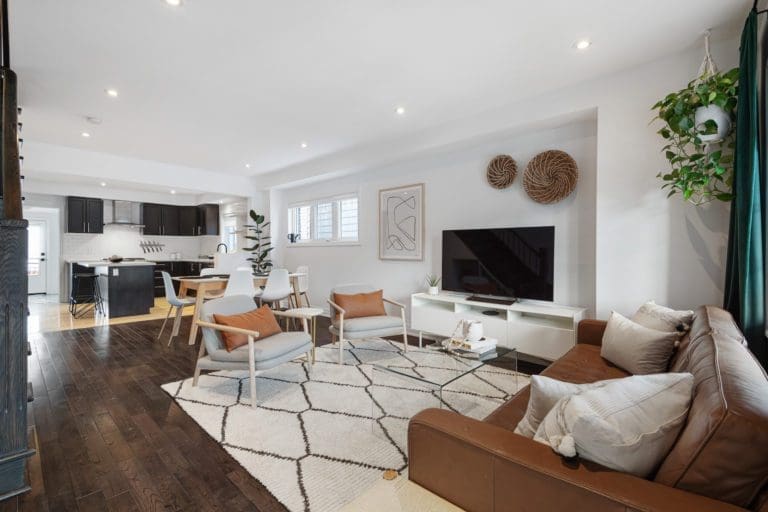Knob and Tube Wiring
Knob & Tube wiring pops up during a real estate transaction. It occurs when a buyer discovers it during a home inspection, or a responsible seller discloses it.

Knob & Tube wiring pops up during a real estate transaction. It occurs when a buyer discovers it during a home inspection, or a responsible seller discloses it.

Knob & Tube wiring pops up during a real estate transaction. It occurs when a buyer discovers it during a home inspection, or a responsible seller discloses it.
What is it? Pictured above is the way houses were most commonly wired between 1880s and 1920s. Individual wires are suspended from white ceramic knobs and go through ceramic tubes where passing through joists. If a home was built in the 1930s or earlier, it was likely wired with Knob and Tube.
Knob & Tube is actually still an approved and safe form of wiring by the ESA (Electrical Safety Authority). For the dry facts, read more info here.
What’s the deal? The main source of headache is when buyers are trying to find home insurance. Most insurers now refuse to cover homes with Knob and Tube, and recently lenders are refusing to fund mortgages. Most insurers now required buyers to replace the knob and tube within 30-60 days of closing.
You might be able to find an insurance company that will cover a house with knob and tube, but they will mandate an ESA Clearance Certificate, to confirm it was properly inspected by a Licensed Electrical Contractor. This approach presents issues in a real estate transaction, as the Certificate would need to be produced before closing, and often requires work to be done by an electrician.
What’s the Oulahen’s approach for buying a house with knob and tube? Given the recent difficulties with insurers and lenders, our team recommends buyers account for the cost of fully replacing the Knob and Tube wiring with today’s standard Romex wiring (Non-Metallic “NM” sheathed cable with a ground wire).
It’s better to be prepared vs relying on an insurance policy that an insurer could refuse to renew. Get a detailed quote from an electrician if you can.
There is a silver lining! Often homes with Knob and Tube sell at a discount more than the cost of replacement. So if you can afford the time and money to replace it, you’ll end up with a fully wired home to standard, with an option to add extra lights, pot lights, receptacles at minimal additional cost.
What should I do if I’m selling my house? If you have knob and tube in your home, get an electrician’s quote for replacing it and consider doing the work if you have time and cash. If you leave it, share the quote with potential buyers. It will educate and quantify the issue, reducing anxiety and allowing buyers to offer on the house comfortably. Sharing the quote also limits costs from being exaggerated against you during negotiations.
How do I find Knob and Tube?
If the basement is unfinished, have a look at the ceiling joists.
If the basement is finished, look in the attic for the same.
A home inspector can check if wiring is active with a Non-Contact voltage tester if the wires are live.
You can also follow these clues that may help you identify knob and tube.
Was the house built before the 1950s? And never renovated?
Is the main panel on fuses vs breakers?
Are there older 2 prong receptacles?
Are the 3 prong receptacles actually grounded? A receptacle tester never lies.
Are the receptacle horizontal in the baseboards?
Do you see a light switch like these?
What if I have aluminum wiring? Click here.
For more information or if you have any questions, email us at team@oulahen.com.

Copyright © 2025. Oulahen Team Realty Inc. Brokerage. All rights reserved.
| Design by Tuyo Project